Introduction
The FCE speaking paper is one of the more interesting exams compared to others like IELTS. In the FCE exam you get varied tasks to do, which means that you have to be prepared for many different topics and to speak under different requirements in each of those tasks.
Definitely one of the most challenging parts is Part 2. First of all, you have to do this on your own and your partner can’t help you out as they could in Part 3. There is the factor of time pressure as you only have one minute to complete your turn and the requirements are very specific. As soon as you step off that path you might find yourself in trouble.
When it comes to Speaking Part 2, there are two questions that come up more often than others:
- How should I start my turn and how should I continue?
- What kind of language should I use in Part 2?
Both of these questions are very good because they really look at the key to success in this part of the exam. So, in this article I’m going to show you what Part 2 looks like, what the best strategies are and what kind of language is helpful to get higher marks. On top of that, we’re going to look at common problems as well as a couple of real examples. We are going to analyse what the students did well and what could be improved. Finally, I will show you two more (written) answers that you can use as a model for your practice. If that sounds good to you, keep reading and you won’t be disappointed. 🙂
What’s the best way to do Speaking Part 2?
To find out how to approach Part 2 of the exam we first need to look at the type of task and what exactly you are expected to do. Below is a typical example. You can see two photos and a question, but what exactly is it that you have to do now?
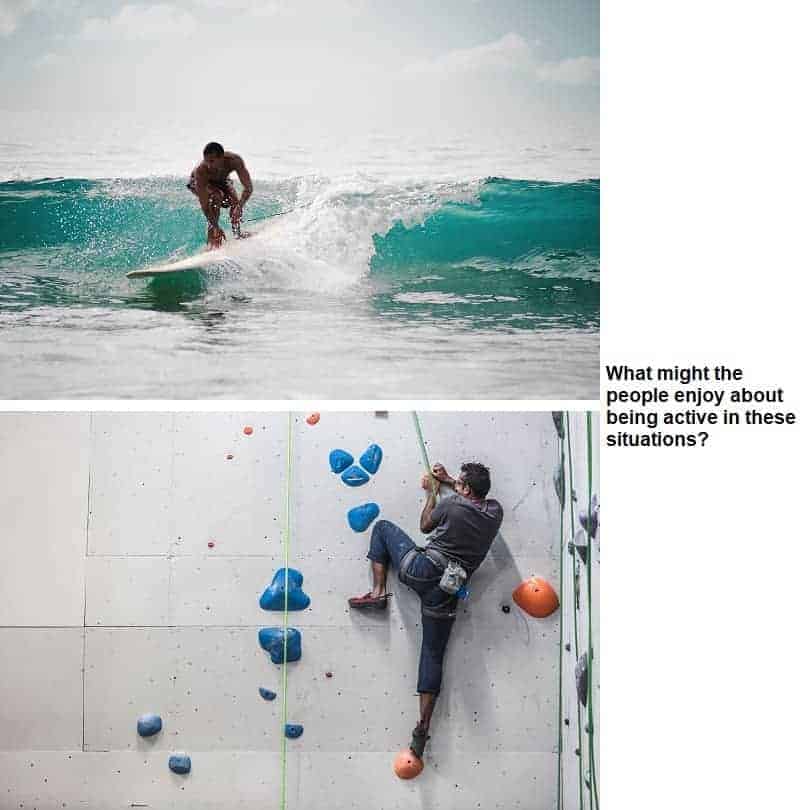
The idea behind the task is always the same: You have to compare the two photographs and answer the question in one minute. In addition, you answer a brief question about your partner’s pictures. All of that sounds simple, but as you might already have guessed nothing is ever as simple as it seems. Luckily, I have seen dozens of students preparing for the exam and there are two strategies that get you through this part safe and sound.
1. Compare and then answer the question
In my opinion, this is the best way to go about Speaking Part 2 because my students have had the most success using this strategy. Of course, it is not perfect (Nothing is!), but it gives candidates a clear structure to follow and I think that’s exactly what you need in a situation which is as stressful as the FCE speaking exam.
Basically, you point out the biggest similarity and the biggest difference between the two photos and then you move on to answering the question. The comparison should last for around 20-25 seconds while the question should always get a little bit more attention with 35-40 seconds.
Obviously, the timings can be flexible and it is sometimes difficult to find a similarity and/or difference really quickly, but in most cases it works just fine.
However, there are two major issues with this approach that I have to point out. Firstly, many students struggle with keeping the comparison short and they don’t have enough time to fully answer the question. Secondly, it happens very often that candidates only describe the photos instead of comparing them. The reason for this is normally a lack of useful expressions, but in this article I’m going to fix this problem with you as you will find some nice language further down this page.
2. Answer and compare at the same time
The second technique is often described in coursebooks and, just as the first option, it can work perfectly if you practise and feel comfortable doing it.
Here, you answer the question from the beginning and compare the two photos as part of your answer.
The advantage is that the question is already there for you and it might be easier to jump into that. Starting with the comparison means that you first have to come up with something to say and that could be tough in a stressful exam situation.
Unfortunately, this strategy also comes with a couple of problems. The main dilemma is that students often don’t know how to include comparisons and they only describe what they can see and finish before the minute is up. Similarly to the other technique I described above, you can avoid this problem by studying useful expressions. If you keep those in mind, it will be a lot easier for you to stay on track and not get confused.
The decision is yours…
Whichever technique you choose, make sure that you give both of them a chance until you are sure about one. You don’t want to decide on the day of the exam, so practise a lot and then pick the one that feels more natural to you. So, choose your weapon wisely to get all the power!
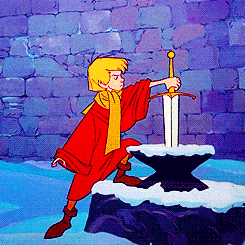
Compare, speculate, deduce – but how?
As you read a little bit earlier there are some problems candidates face in the speaking exam. One of the most common ones is definitely a lack of specific language to answer the task perfectly.
Those phrases and expressions can be broken up into two groups: comparing as well as speculating/deducing. Each of them is important for different reasons and we’ll have a look at them one by one. I will also give you example sentences for each expression based on the two pictures from before.

1. Comparing
In Speaking Part 2 one of the two main tasks is to compare the two photographs in front of you. This means that you should be able to point out similarities as well as contrast the two pictures instead of just describing what you can see. As mentioned above, a lot of students aren’t able to make good comparisons because they don’t know the right language to do so. That’s why I’ve created a list of useful expressions that can help you straight away.
| Similarities |
| In both pictures there are / I can see… In both pictures there are men being physically active. both Both men could be in danger if they make a mistake. as well (as) The second man is practising a sport as well. like Like in the first photograph the man in the second one seems to be very focused. Likewise… The man in the first photo is using a surfboard to practise his sport. Likewise, in the other picture the person is using some equipment. also Not only does the man in the first photo seem to enjoy the activity, but also the person in the second picture. too In the first picture the man seems to be fully immersed in his experience.In the second photo the athlete appears to be very focused too. |
| Differences |
| unlike Unlike the first photo the person in the bottom one is practising his activity indoors. in contrast to In contrast to the top photograph the person in the bottom photo won’t get wet if he falls. while While the surfer needs a good sense of balance the climber depends more on his strength. whereas The climber at the bottom is trying to reach the top whereas the surfer probably wants to stay in contact with the water as we would fall otherwise. but The surfer is in nature, but the climber is moving in a man-made environment. on the other hand The surfer is practising his sport outdoors. On the other hand, the climber seems to be indoors. |
| Comparative forms |
| The activity in the second picture seems more dangerous to me. The surfer appears to be more relaxed than the climber. In my opinion, surfing and climbing are just as dangerous. Surfing is not as easy as you might think. |
2. Speculating/Deducing
Another great tool to be successful in Speaking Part 2 are phrases to speculate about the photos or deduce from what you can see. It is a little bit like being the famous detective Sherlock Holmes who always looks at the evidence at a crime scene and then comes to conclusions based on what he can see.
Can we be 100% sure about the things we are seeing in each photograph? No, probably not, but if you use the right language the examiner will understand that you are only speculating instead of making concrete statements. Let’s have a look at some examples:
| Speculating/Deducing |
| modal verbs (must, might, may, could, can’t) + be + -ing/adjective The climber might be a bit scared because he can hurt himself if he falls. look(s)/seem(s) The surfer looks very focused because of his body language. The man in the second photo seems as if he is more advanced because there aren’t many holds on the wall. appear(s) Both athletes appear to be very skilled. maybe/perhaps/possibly Maybe the surfer generally enjoys being outdoors. Perhaps the man in the photo below can’t continue because he looks trapped. They’ve possibly been training for a very long time. I can imagine I can imagine that both of the men are exhausted after an intense practice like the ones in the photos. I think/believe I think/believe that climbing is more tiring than surfing. for me For me, surfing looks as if it is more fun than indoor climbing. |
Remember that examiners want you to use these kinds of expressions in your exam. Practise them and try to put some of them in there when it is your turn. The good marks will follow.
Learning from examples is always best
In this part we are going to have a look at two examples of Speaking Part 2. The videos below were recorded by Cambridge English so they are the real deal. I’m going to give some commentary on what I think the students do well or in which areas they can improve. However, because I’m not an official speaking examiner, I can’t give them marks as this could give you the wrong idea. Again, these are just examples and I hope that you can take something away to improve your own speaking.
Example 1
Victoria starts well by speculating about the football player’s injury (“I think he’s got a cramp.”) as well as the woman’s intention in the second photo (“The lady, I think, asks for the direction.”). She also doesn’t spend too much time on the comparison of the pictures, but starts to answer the question quite quickly. Finally, when she doesn’t know what to say towards the end she doesn’t stop but continues by giving her opinion until the examiner stops her. This is a good strategy to use if you run out of things to say.
On the negative side there are also a couple of big points that she should be more careful with. Firstly, she compares the pictures while she is answering the question, which is not a problem, but at the beginning she mainly describes what she can see instead of pointing out clear similarities and/or differences. Victoria also shows some problems with the correct use of verb forms as we use the present continues (am/are/is + -ing) to describe the actions in a photo and not the present simple. Lastly, she also misuses some vocabulary, but it is still ok.
Overall, she does a good job and I think the positives are stronger than the negatives.
Edward starts well by comparing the two photos and talking about a big difference: The woman in the first photo might be working on her plants while the people in the second picture seem to be relaxing and enjoying their time together. Just like Victoria he moves quickly to answering the question, which is a good sign as well. He answers the question pretty nicely and keeps comparing while is is doing it. Edward also uses a few nice expressions (in both cases, a time to relax).
The biggest problem about Edward’s turn is his use of language. There are some problems with basic structures (she like instead of likes, they are all enjoy, they are have a special care about them) and he mispronounces some words that he should know (e.g. especial instead of special).
I think that Edward’s turn is a little bit stronger than Victoria’s, but hers wasn’t bad at all either. In addition, both give a nice answer to the short question about their partner’s photos.
Example 2
In the second example video you see Florine and Maria doing the same task as Victoria and Edward before. This should give you a good feel for which candidates do a better job. So let’s see how they do.
Florine has a really strong attempt at the task. The first few sentences, when she compares the photos are very good as she speculates a lot and gives reasons for her opinion.
I think in the first picture it’s someone helping a soccer player because he’s obviously hurt. And in the second photo a police officer’s helping…I think…it must be a tourist because there’s a map in the photo.
This is all a teacher can hope for. Take this as a model for how to start your turn.
Florine also moves to the question quite quickly and uses some nice expressions, for example, “…they have to serve people.” when she’s talking about why police officers should help people.
The only negative point I can make here is that she hesitates at times and seems to struggle to find the right words. However, I believe that this is not due to problems with grammar or vocabulary, but rather because of her thinking about the next piece of information she wants to give.
Overall, this is a very impressive turn and I’m sure she got high marks for that.
Maria, on the other hand, struggles a little bit with her attempt at the task. Even though there is a little bit of speculation at the beginning (“maybe her house”, “maybe near London”) she doesn’t compare the two photos that much. She could definitely improve here. Secondly, she doesn’t answer the question at all. She just says, “I think both are enjoying a lot.”, which is definitely not enough for Speaking Part 2. In addition, her language abilities are more limited and she makes quite a few mistakes throughout her turn, especially with pronouns (e.g., “we are spending time with his family”) and pronunciation. Finally, Maria doesn’t speak for the full 60 seconds, but stays silent for a while until the examiner stops the turn.
For her, there is a lot of room for improvement as she is clearly weaker than the other three students in the two videos.
However, both of them do a good job answering the brief question about their partner’s photos, just like Victoria and Edward in the previous video clip.
Model answers for you to learn from
After looking at two real life examples with four students I hope you are already a little bit more confident, but because you can never have enough practice I thought I should give you two nice model answers so you get an even better idea of how to deal with Speaking Part 2. I highlighted the parts in which I use some good language and you can make a mental note and try to incorporate some of that in your speaking practice in the future.
Model answer 1

In both photos the people seem to be very focussed because the man at the top has a very intense look and body language while the man in the second photo looks as if he is in tricky situation climbing a wall with only few holds. There is also an element of danger to both situations even though the men move in different environments.
This kind of danger is perhaps the reason why they enjoy their sports. I have watched videos in which surfers get wiped out by big waves and it appears to me that that is actually part of the fun. I also think that the climber enjoys the challenge of combining strength and flexibility to get to the top of the wall and I can imagine that it must feel great to achieve this kind of goal. On top of that, climbing can also be practised in the outdoors and, just like surfing, it brings people closer to nature. For me, that would also be a reason to do these types of sport.
As you can see, I tried to use a lot of useful language to compare and speculate. Always try to give reasons for your ideas and link them together for higher marks. But now, let’s move on to the second example.
Model answer 2

The people in the two photographs are studying in very different environments. Firstly, the person in the top picture might be at home as he’s sitting at a desk with a few books and a typewriter which makes me believe that he’s in an apartment or house. On the other hand, the two men at the bottom are probably sitting at the table of a café or restaurant or maybe it is at their workplace.
The person in the first photo could have chosen his own flat because he might want to concentrate on his task without getting distracted by other people whereas the two people in the second photo probably don’t mind being in a public space. I think they might be studying together for a university project or something work-related because they have a laptop and papers to make notes or possibly to prepare a presentation while the other man could be studying for an important exam so he needs to be able to focus.
Once again, I included a variety of useful expressions to show you that it is possible to complete the task and score good marks for the language you use.
Now that you know everything…
…it is time for you to practise. Speaking Part 2 is only as scary as you let it be. With the right preparation and tools like all the useful expressions and strategies I’m sure you will become a rock star at speaking. Please let me know in the comments if you can think of any other useful expressions that I might have forgotten so I can add them and make this article even better.
Lots of love,
Teacher Phill 🙂

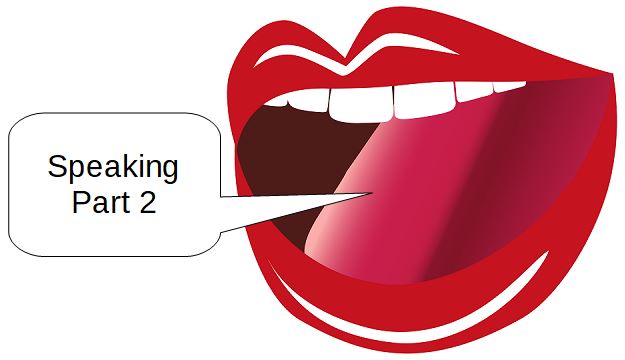
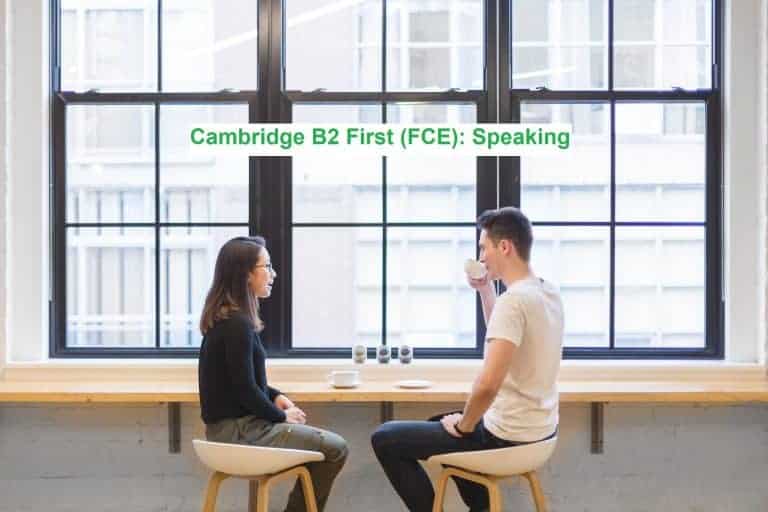


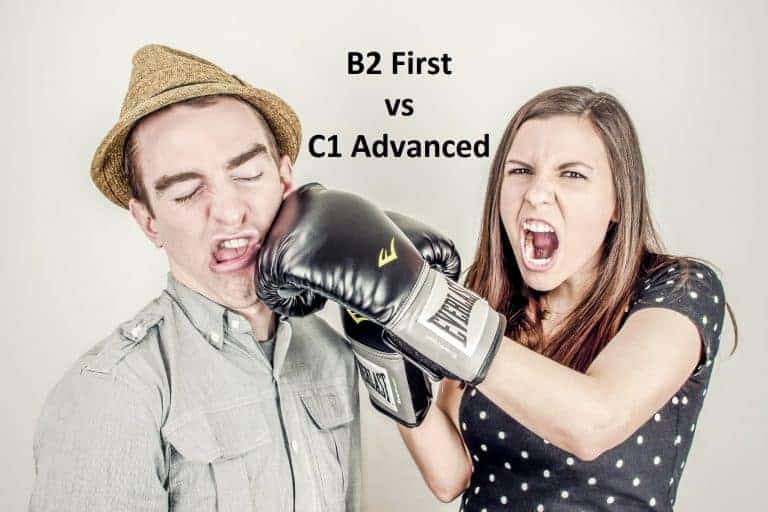
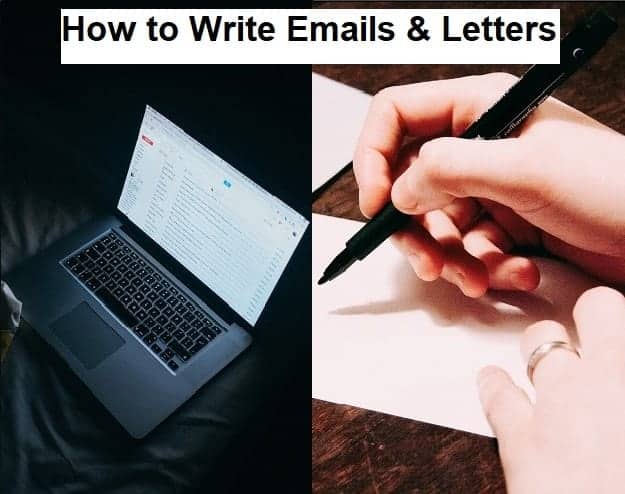

I think I love you!
My first year preparing students and this is the most helpful site I have come across.
Thank you so much
Hi Angela,
Thanks a lot for your kind feedback…just don’t let my partner know about your love confession. 😀
I’m really happy that my articles help you with your students and I will try to keep the good content coming.